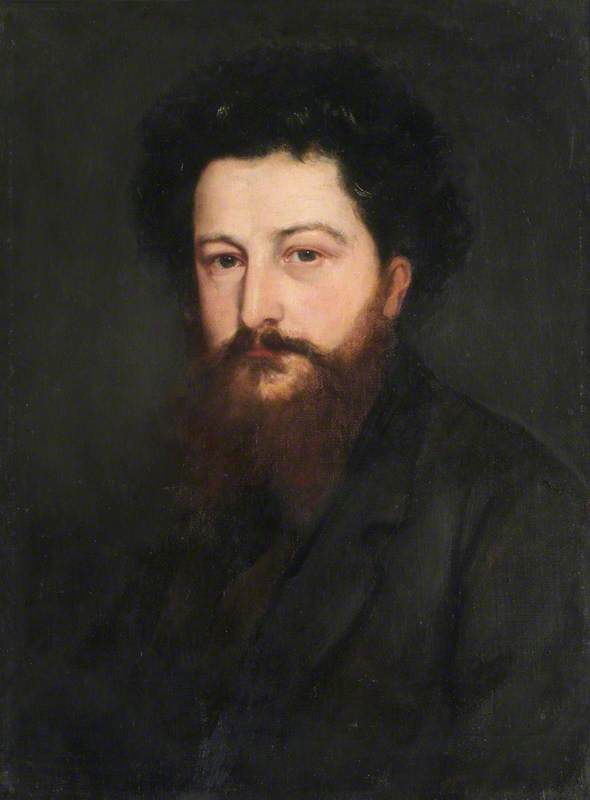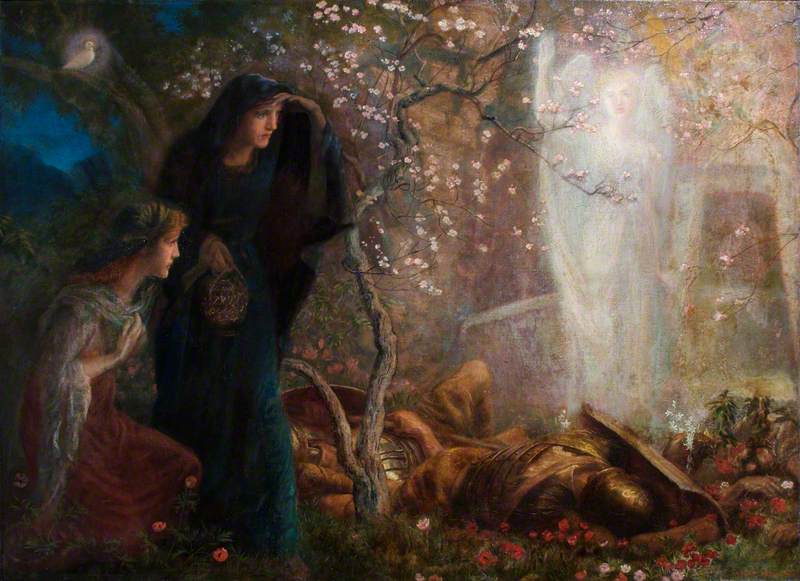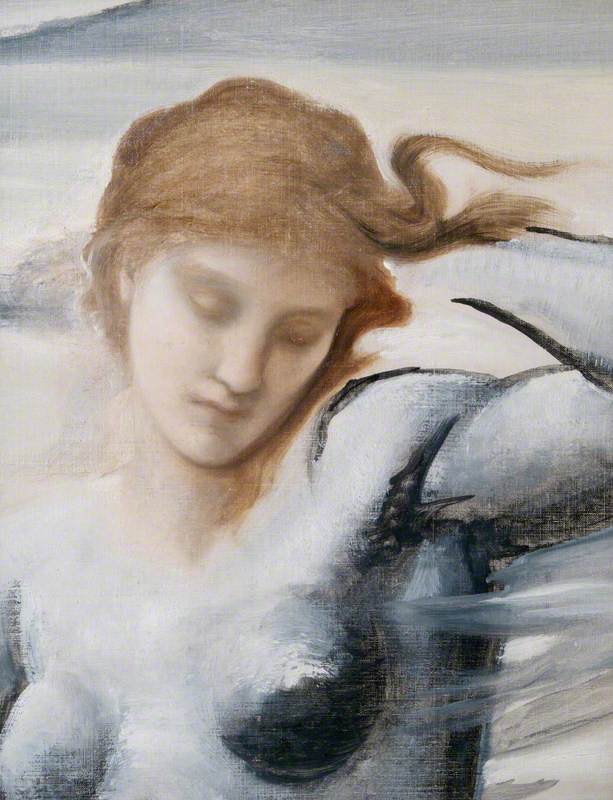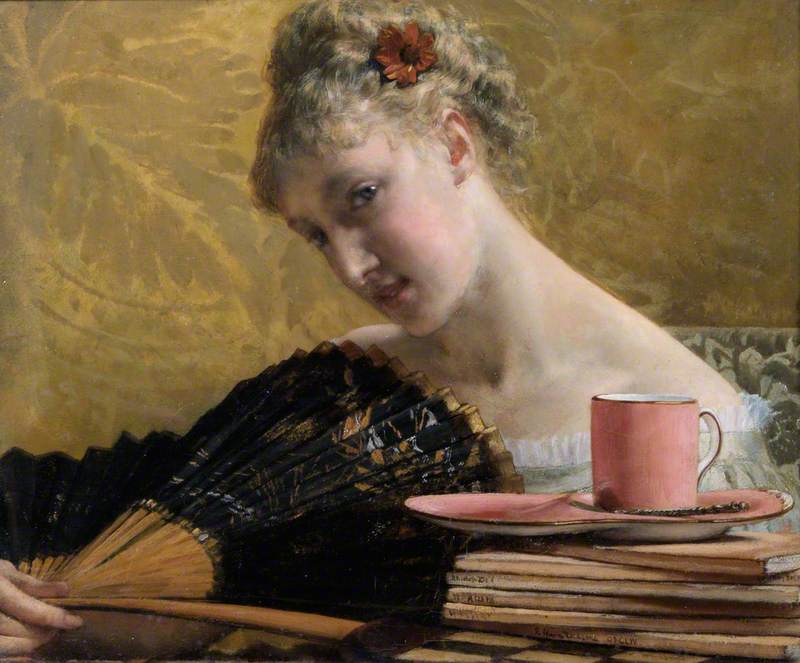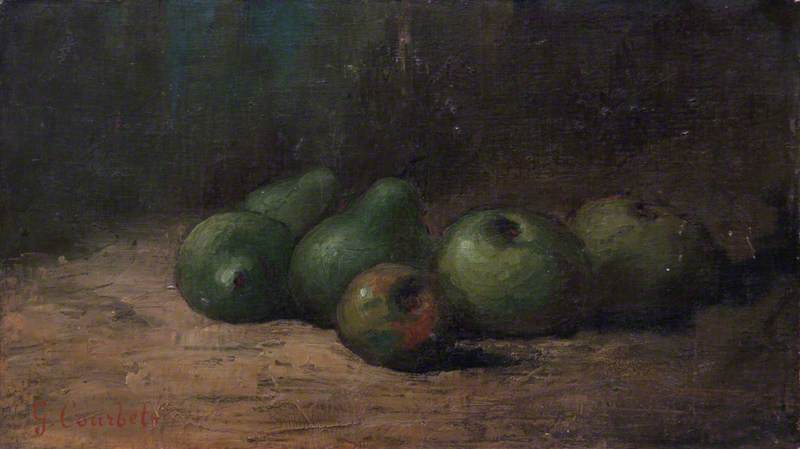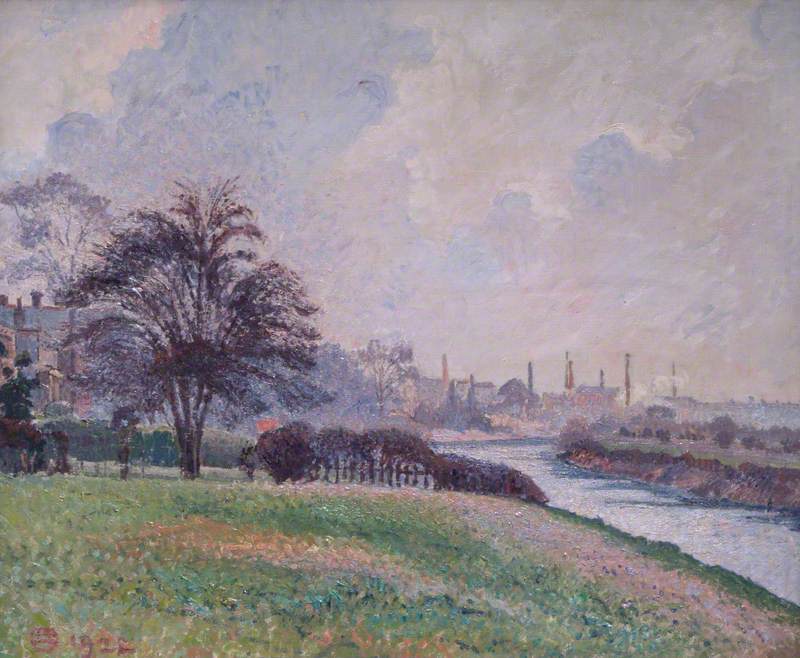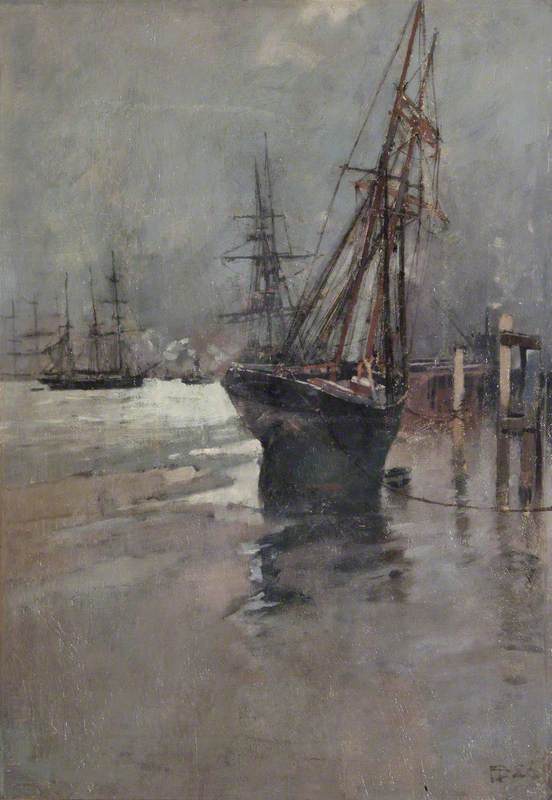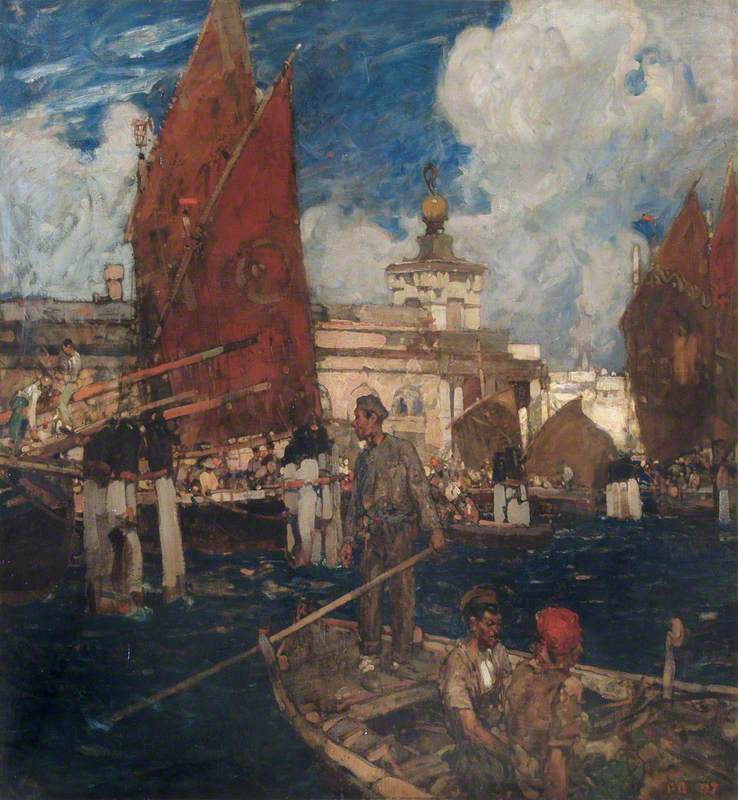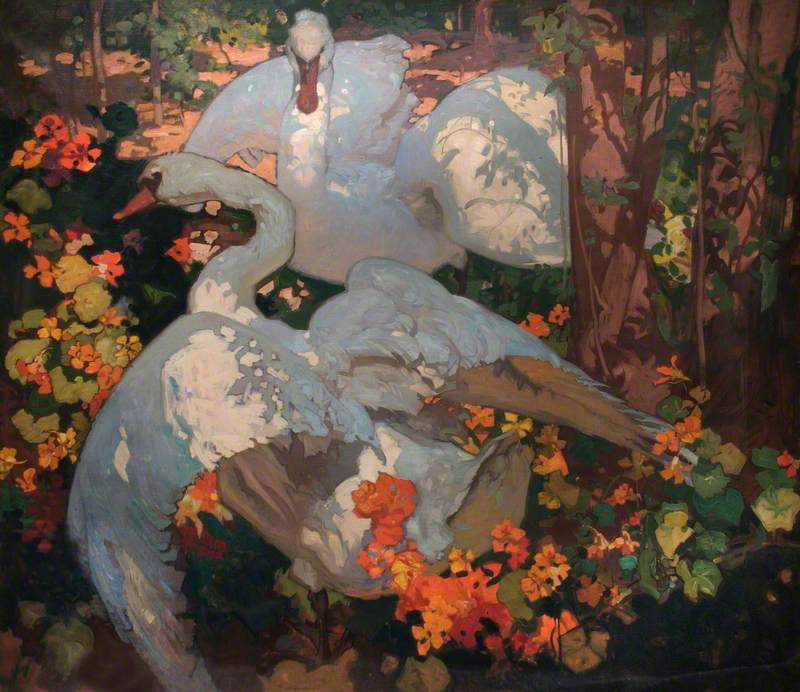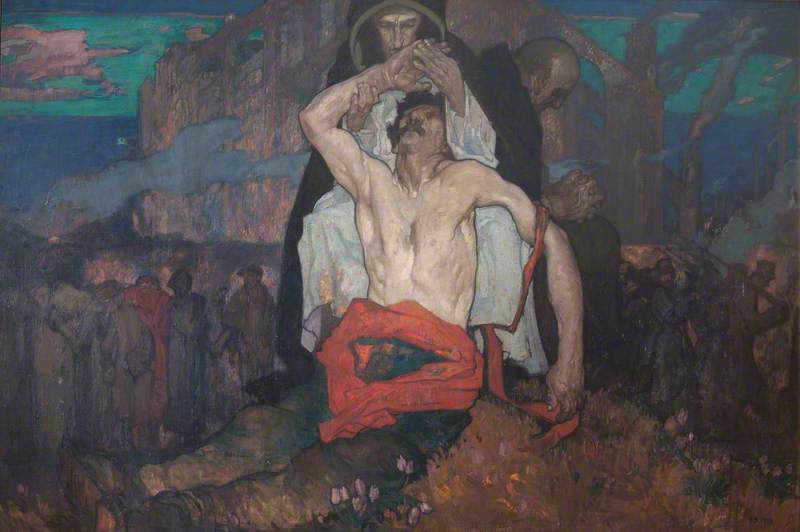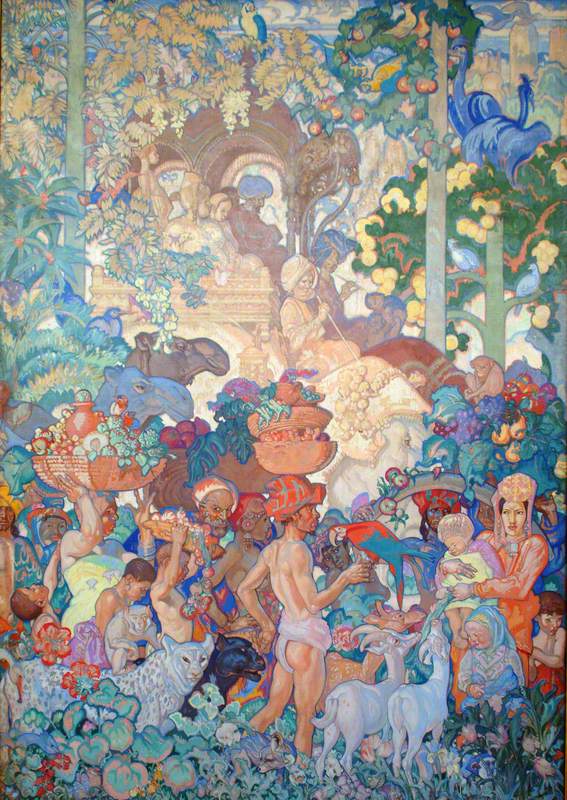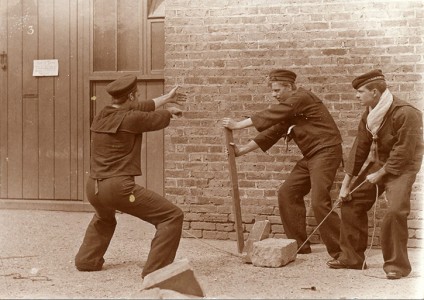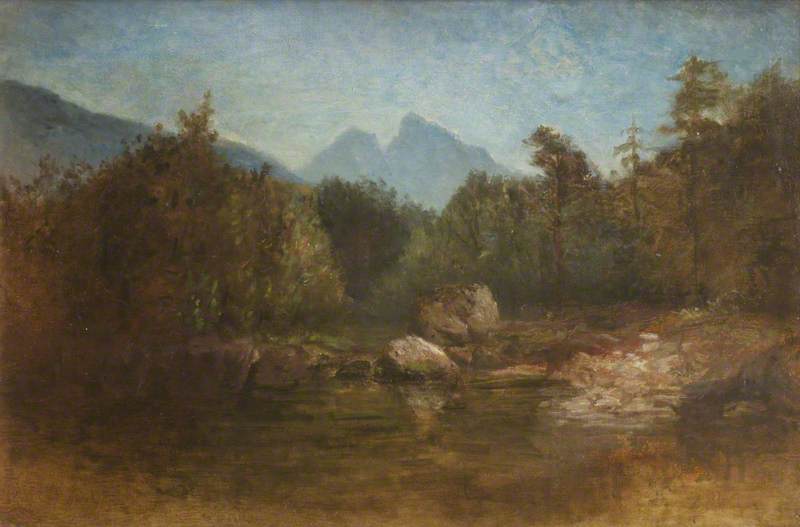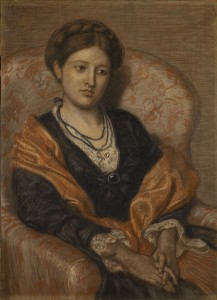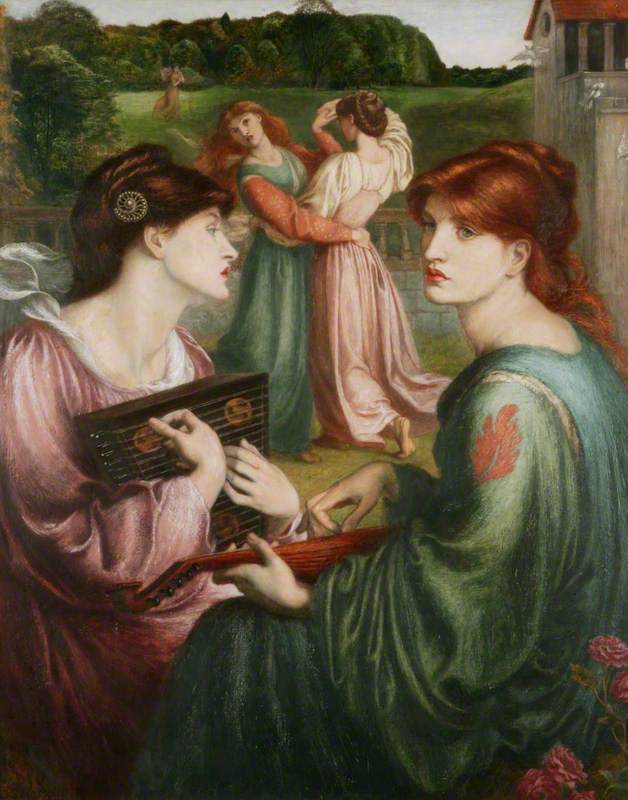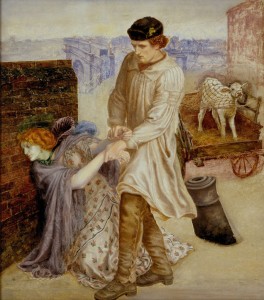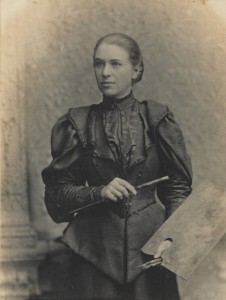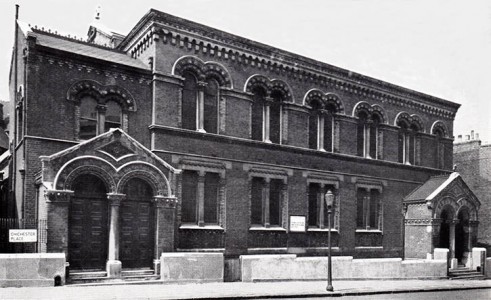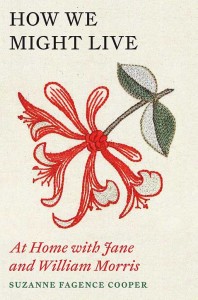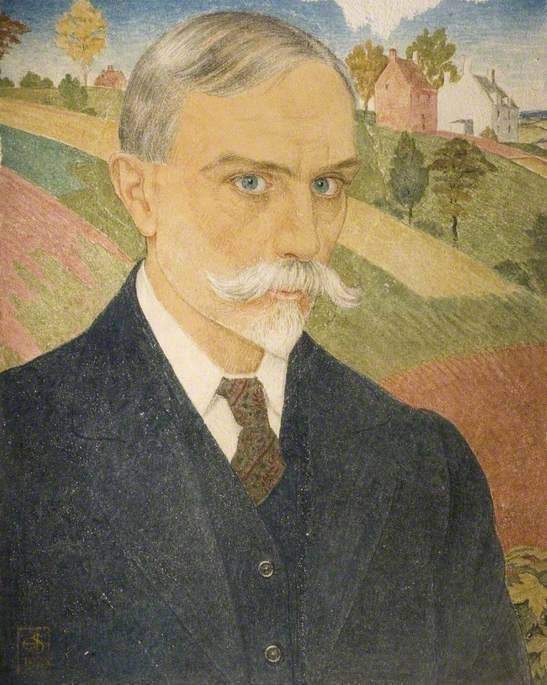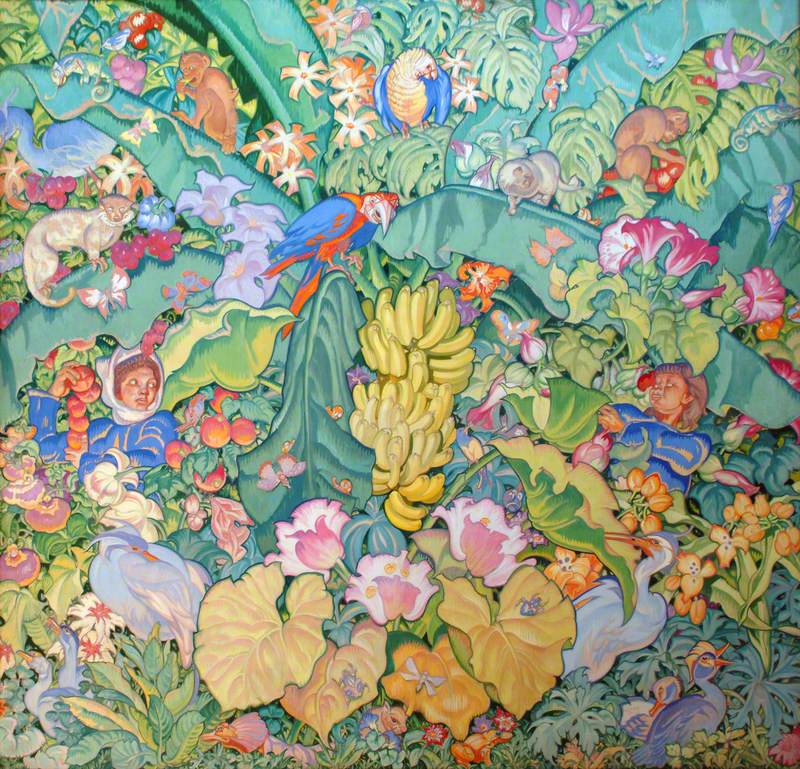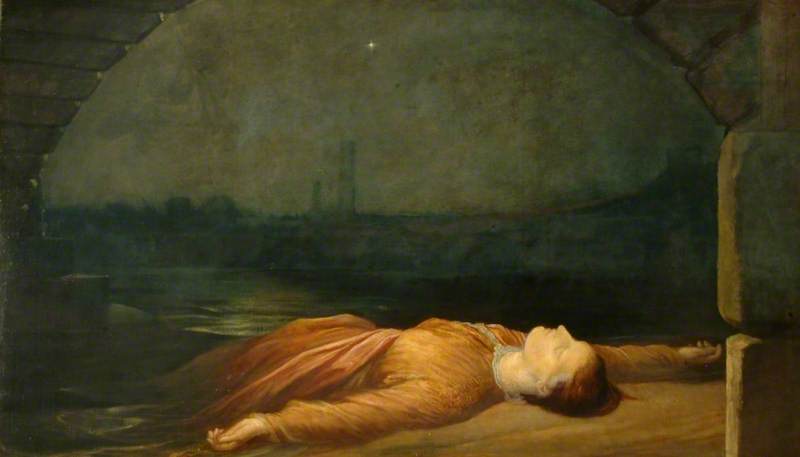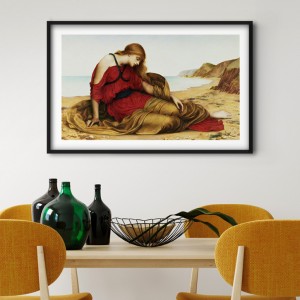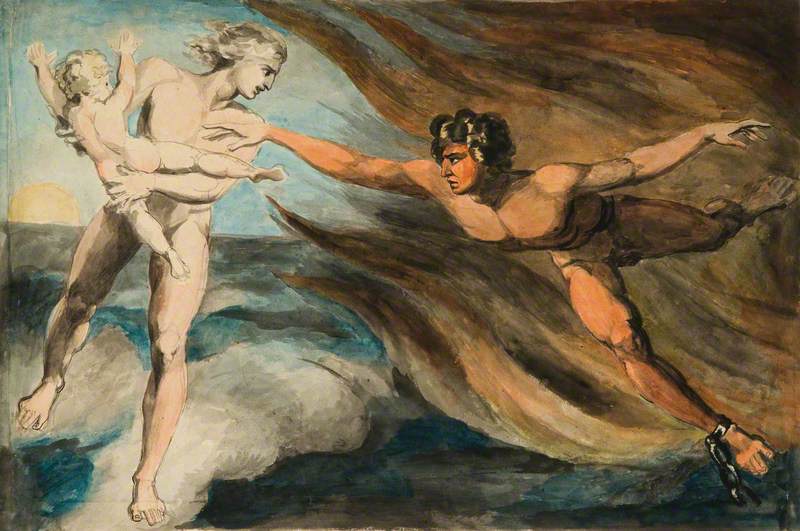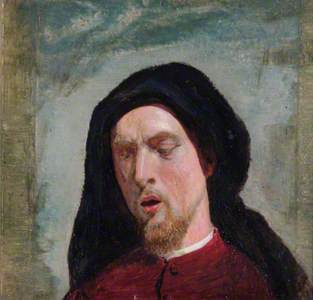William Morris (1834–1896) was the most influential British designer of the nineteenth century, as well as a craftsman, poet, conservationist and socialist campaigner.
The William Morris Gallery in Walthamstow is the only Gallery in the world dedicated to his life, work and influence. The Gallery also holds a substantial collection of fine art. This is largely due to the generous bequest of one of the Gallery's founders, the artist Frank Brangwyn (1867–1956). Brangwyn shared Morris's belief that art should not exist only for the privileged few. His gift to the Gallery includes some of his own oils but also a wide range of work by mainly late nineteenth-century British and European artists.
Morris was personal friends with many of the Pre-Raphaelites and works by Gabriel Dante Rossetti, Arthur Hughes and Ford Madox Brown are all represented in the collection.
Edward Burne-Jones was Morris's lifelong friend and collaborator. As well as his many designs and watercolours, the Gallery's Stella Vespertina reveals Burne-Jones wonderfully sensitive painting style.
The scope of the holdings however goes beyond Morris's immediate circle. A Gallery highlight is the small collection of paintings by the Dutch artist Lawrence Alma-Tadema.
The classical setting of The Dinner exemplifies his mastery in depicting the luxury of the Roman Empire yet the Miss Thackeray's Elizabeth shows a more intimate side to his portrait painting.
Still Life with Apples and Pears by Gustave Courbet and Lucien Pissarro's Chiswick Mall are further unexpected gems in the Gallery's holdings and reflect the expansive nature of Brangwyn's personal collection.
The Gallery's collection of Brangwyn's own work is the second largest in England after the British Museum. Born in Bruges, Brangwyn's family moved back to England when he was young. He briefly worked as an apprentice for Morris's workshop, enlarging designs and tracing drawings, but leaving to paint and travel.
It was during his travels in the Mediterranean that Brangwyn departed from his characteristic use of muted colours, exemplified by A Ship Beached at Low Tide (1886) and instead embraced light and colour, seen in The Dogana, Venice (1897).
Yet perhaps the most significant work in the Gallery's collection is a later painting, entitled The Swans, which he painted in 1921.
All the artworks in the collection can be seen on the Art UK website and can be viewed by appointment.
Rowan Bain, Senior Curator, William Morris Gallery
